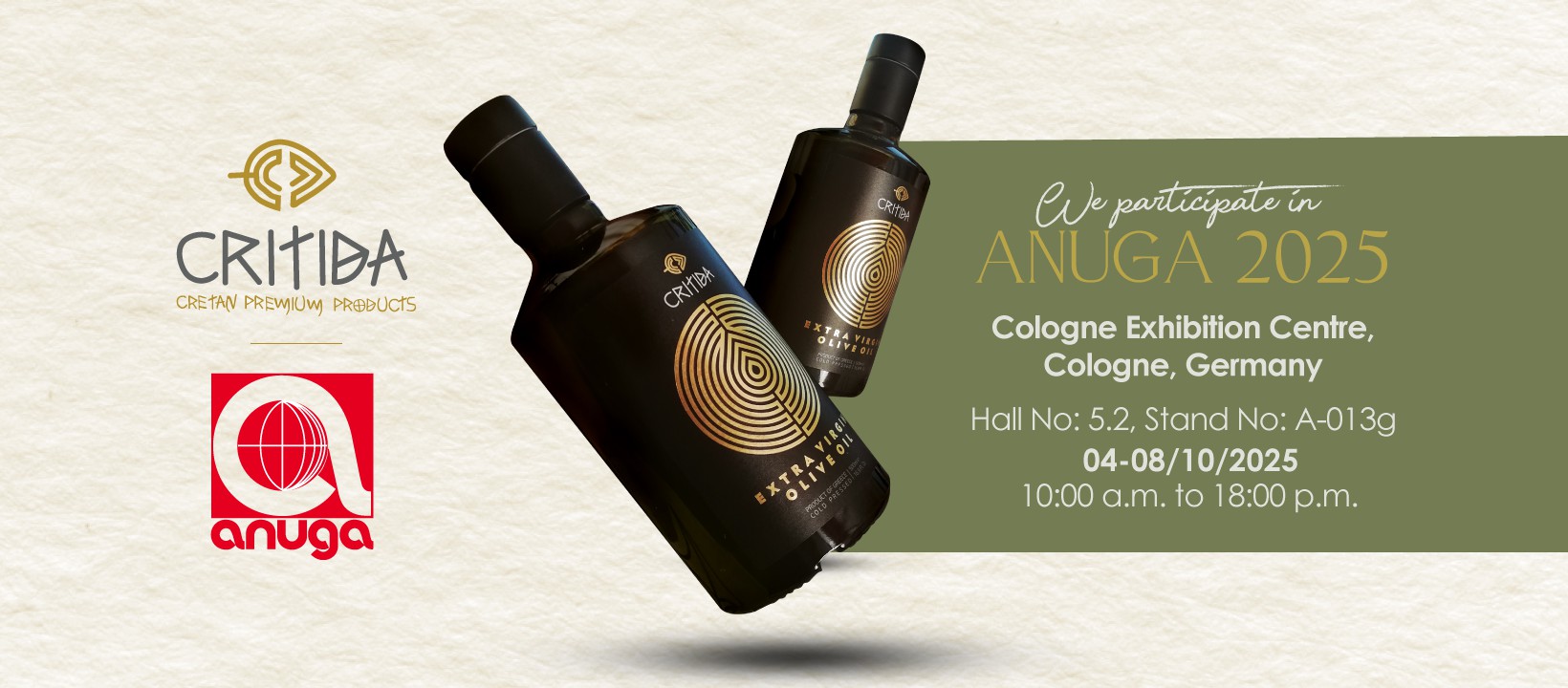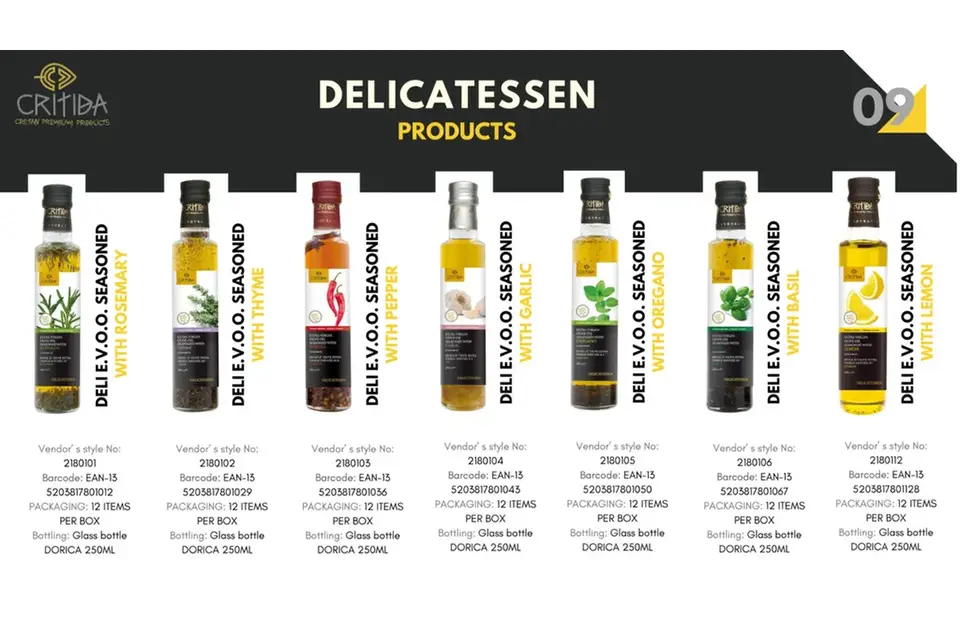What are the Polyphenols? Polyphenols rich foods – Polyphenols in olive oil – Health benefits
What are the Polyphenols? Polyphenols rich foods – Polyphenols in olive oil – Health benefits of the Polyphenols
Polyphenolic compounds - polyphenolic acid - polyphenolic flavonoids - polyphenolic antioxidants in olive oil
Polyphenols: Chemical Composition
Polyphenols are organic compounds characterized by the presence of multiple phenol units in their chemical structure. Phenol itself is a benzene ring with a hydroxyl (-OH) group attached. Polyphenols are defined by having more than one phenol unit, and their structure determines their function, biological activity, and classification. They are synthesized through two main pathways in plants: the shikimate pathway (shikimic acid pathway) and the phenylpropanoid pathway.
General Chemical Features
Phenolic Structure: Polyphenols are based on aromatic rings bonded to hydroxyl groups.
Functional Groups: Besides hydroxyl groups, polyphenols often contain other functional groups like methoxy (-OCH₃) and carboxyl (-COOH) groups, which influence their solubility and biological activity.
Molecular Weight: Polyphenols range from small molecules like phenolic acids to large, complex polymers like tannins.
Classification of Polyphenols by Structure
Polyphenols are broadly divided into the following categories:
Flavonoids
Core Structure: C6-C3-C6 (two aromatic rings connected by a three-carbon bridge).
Subclasses: Flavonoids are further categorized based on the oxidation and substitution pattern of their central ring:
Flavonols (e.g., quercetin, kaempferol)
Flavones (e.g., luteolin, apigenin)
Isoflavones (e.g., genistein, daidzein)
Flavan-3-ols (e.g., catechins, epicatechins)
Anthocyanins (e.g., cyanidin, malvidin).
Sources: Found in fruits, vegetables, tea, and wine.
Phenolic Acids
Core Structure: Based on benzoic acid or cinnamic acid derivatives.
Examples: Gallic acid, caffeic acid, ferulic acid, and p-coumaric acid.
Sources: Present in coffee, berries, and whole grains.
Stilbenes
Core Structure: C6-C2-C6 (two aromatic rings connected by a two-carbon ethylene bridge).
Example: Resveratrol.
Sources: Grapes, wine, and peanuts.
Lignans
Core Structure: Derived from the dimerization of two phenylpropanoid units.
Examples: Secoisolariciresinol and matairesinol.
Sources: Seeds (especially flaxseeds), grains, and vegetables.
Tannins
Core Structure: Large polymeric molecules made up of flavonoid or phenolic acid monomers.
Types:
Hydrolyzable tannins: Based on gallic acid or ellagic acid.
Condensed tannins: Polymers of flavan-3-ols.
Sources: Found in tea, wine, and some fruits.
Key Chemical Properties
Hydroxylation: The number and position of hydroxyl groups influence antioxidant activity.
Conjugation: Polyphenols often exist as glycosides, bound to sugar molecules, which affects their solubility and bioavailability.
Polymerization: Larger polyphenols (like tannins) have enhanced ability to bind proteins and other macromolecules.
Functional Role of Chemical Composition
Antioxidant Activity: The phenolic hydroxyl groups donate hydrogen atoms to neutralize free radicals.
Chelation: Polyphenols can bind metal ions, reducing metal-catalyzed oxidation.
Interaction with Biomolecules: The ability to interact with proteins and lipids influences their roles in health and metabolism.
In summary, the chemical composition of polyphenols—marked by their phenolic structure, hydroxylation patterns, and functional group diversity—determines their biological roles and health benefits. Their wide variety and complexity make them crucial for both plant defense and human nutrition.
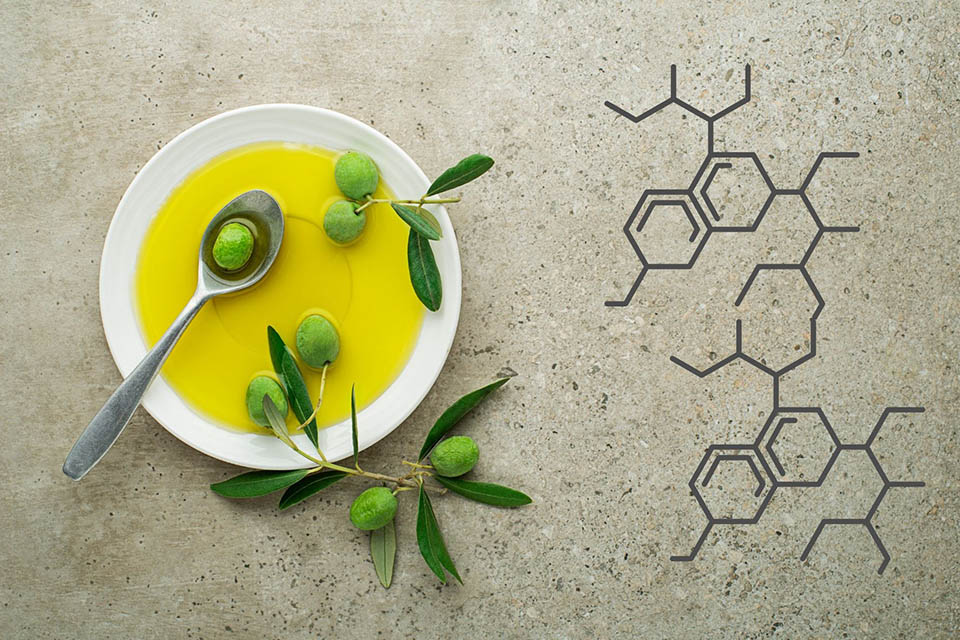
Understanding Polyphenols:
Polyphenols are Nature’s Protective Compounds
Polyphenols are a diverse group of naturally occurring compounds found in plants, celebrated for their powerful antioxidant properties and numerous health benefits. They are secondary metabolites produced by plants to defend against ultraviolet radiation, pathogens, and herbivores.
For humans, consuming foods rich in polyphenols has been linked to improved health and disease prevention.
Types of Polyphenols
Polyphenols are categorized into four main groups based on their chemical structure:
Flavonoids: The largest category, including compounds like quercetin, catechins, and anthocyanins. Flavonoids are abundant in fruits, vegetables, tea, and red wine.
Phenolic Acids: Found in coffee, berries, and certain grains, these compounds, such as caffeic acid and ferulic acid, exhibit strong antioxidant properties.
Stilbenes: A smaller group, with resveratrol being a well-known member. It is commonly found in red wine and grapes.
Lignans: Present in seeds, particularly flaxseeds, and whole grains, lignans are known for their estrogen-like effects.
Food Sources of Polyphenols
Polyphenols are abundant in a variety of plant-based foods. Key sources include:
Fruits: Apples, berries, grapes, cherries, and citrus fruits.
Vegetables: Spinach, onions, and broccoli.
Beverages: Tea, coffee, and red wine.
Legumes and Nuts: Soybeans, lentils, almonds, and walnuts.
Herbs and Spices: Turmeric, cloves, and rosemary.
Olive Oil: Extra virgin olive oil is a particularly rich source of polyphenols, contributing to its health benefits.
Health Benefits of Polyphenols
The antioxidant activity of polyphenols helps neutralize harmful free radicals in the body, reducing oxidative stress—a factor linked to chronic diseases like cancer, cardiovascular disease, and neurodegenerative disorders. Here are some key benefits:
Heart Health: Polyphenols improve endothelial function, lower blood pressure, and reduce LDL cholesterol oxidation.
Brain Health: Compounds like flavonoids may enhance cognitive function and reduce the risk of Alzheimer’s disease.
Anti-Inflammatory Effects: Polyphenols modulate inflammatory pathways, alleviating symptoms of conditions such as arthritis.
Cancer Prevention: Their role in protecting DNA from damage and inhibiting tumor growth is under extensive study.
Bioavailability and Absorption
Not all polyphenols are equally bioavailable. Factors like food preparation, gut microbiota, and individual metabolism influence their absorption. Fermented foods and beverages often improve polyphenol bioavailability.
Challenges and Research
While the health benefits of polyphenols are well-documented, challenges remain in fully understanding their mechanisms. Research continues to explore optimal intake levels, interactions with other nutrients, and long-term effects on health.
– – –
Polyphenols are vital for maintaining health and preventing disease. A diet rich in polyphenol-containing foods supports overall well-being, making polyphenols essential for a balanced, health-promoting lifestyle. Incorporating a variety of fruits, vegetables, nuts, and high-quality olive oil can ensure you reap the benefits of these powerful plant compounds.
Polyphenols in Olive Oil (EVVO – Extra virgin Olive Oil) :

Antioxidant Chemical Compounds in Extra Virgin Olive Oil and Table Olives
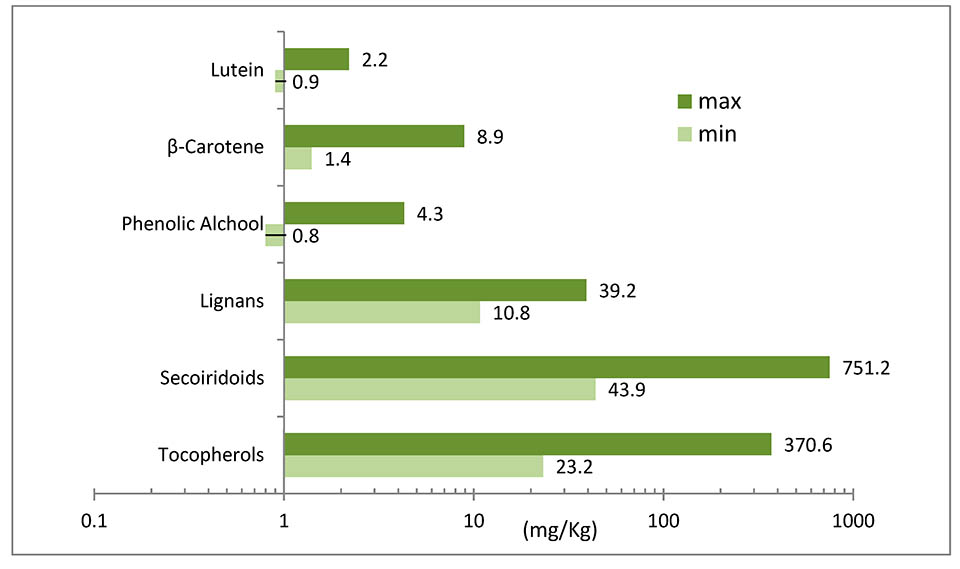
Chemical structures of polyphenols identified in olive oil extracts
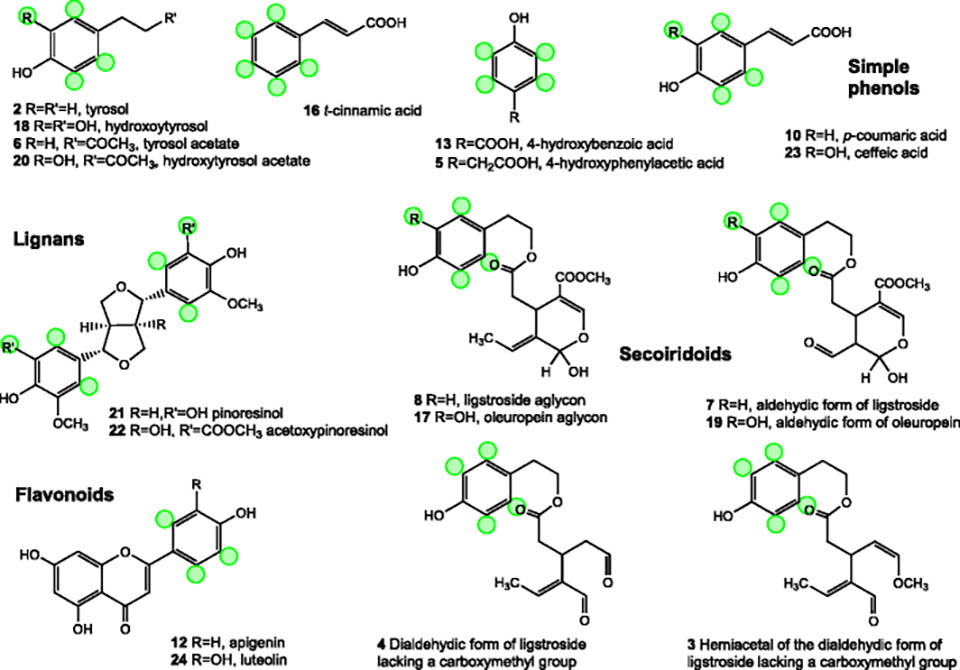
Polyphenol Rich Olive Oil – The Health Benefits by type of Polyphenolic Compounds
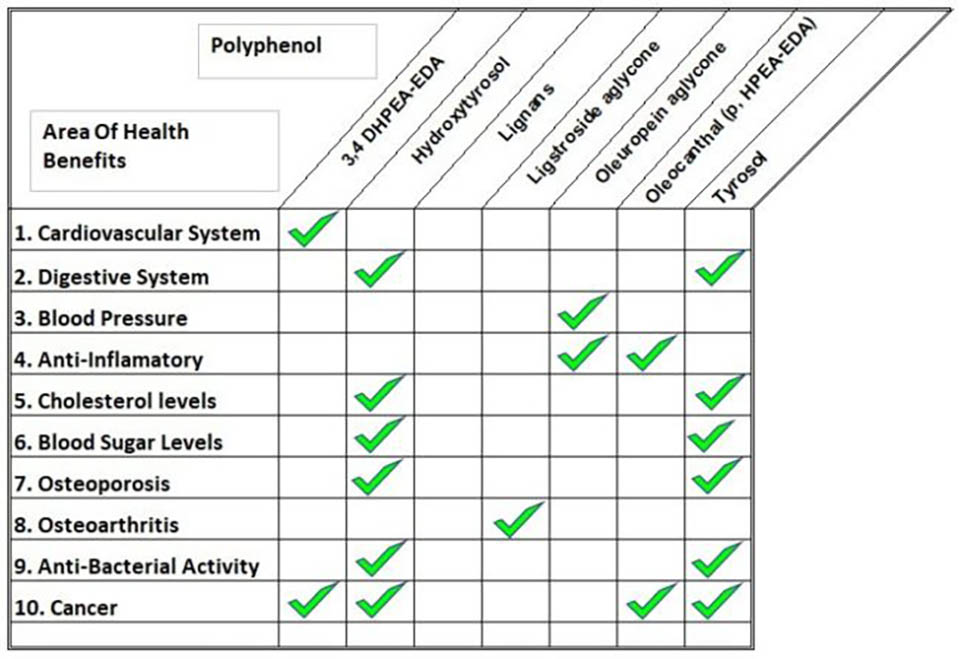
“The purpose of food is to get olive oil into your mouth”. That’s one of Dr. Gundry’s favorite sayings. Why is he so obsessed with olive oil? Find out in this video why Olive Oil and the Polyphenols it contains, is one of the best things for your health.
Antioxidants in Greek Virgin Olive Oils
Table 2. Individual phenolic compounds reported in Greek virgin olive oils.
( source: https://www.mdpi.com/2076-3921/3/2/387 )
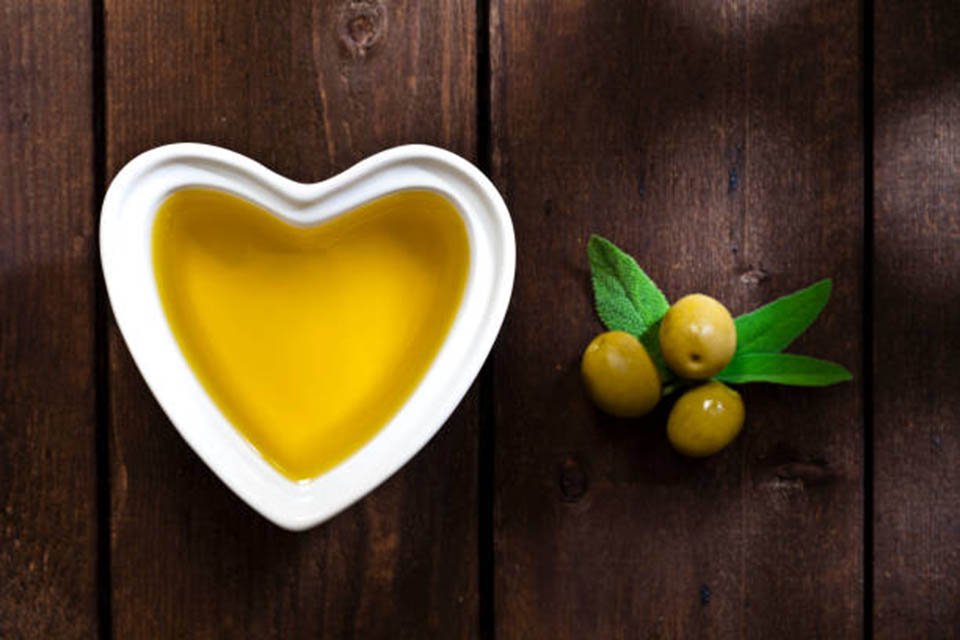
Table 2. Individual phenolic compounds reported in Greek virgin olive oils
| Analytical Technique | Cultivar | N | Compounds | ||||||||
|---|---|---|---|---|---|---|---|---|---|---|---|
| HPLC | NS | 24 | Hydroxytyrosol, tyrosol | ||||||||
| HPLC various detectors | NS | Not provided | Hydroxytyrosol, tyrosol, vanillic acid, p-hydroxybenzoic acid, syringic acid, o-coumaric, p-coumaric acid, gallic acid, homovanillic acid, ferulic acid | ||||||||
| HPLC | NS Cloudy and filtered oils | 6 | Hydroxytyrosol, tyrosol | ||||||||
| HPLC | Koroneiki | 8 | Hydroxytyrosol, tyrosol, oleuropein aglycon, dialdehydic form of elenolic acid linked to OH-tyrosol, dialdehydic form of elenolic acid linked to tyrosol, tyrosol derivative, caffeic acid, vanillic acid | ||||||||
| LC-SPE-NMR | Koroneiki Kolovi | 2 2 | Hydroxytyrosol, tyrosol, hydroxytyrosol acetate, tyrosol acetate, a large number of secoiridoid derivatives including elenolic acid, vanillic acid, vanillin, p-coumaric acid, pinoresinol, 1-acetoxypinoresinol, apigenin, luteolin | ||||||||
| 31P-NMR | Koroneiki Mastoeidis | 2 2 | Total and free hydroxytyrosol and tyrosol *, vanillin, vanillic acid, homovanillic acid, (+)-pinoresinol, (+)-1-acetoxypinoresinol, syringaresinol, luteolin, apigenin | ||||||||
| 1H-NMR, 31P-NMR and HPLC | Koroneiki, Kolovi, Mastoeidis * | 111 | Total and free hydroxytyrosol and tyrosol, (+)-pinoresinol, (+) 1-acetoxypinoresinol, luteolin, apigenin | ||||||||
| 1H-NMR, 31P-NMR | Koroneiki | 131 | Total and free hydroxytyrosol and tyrosol, p-coumaric acid, homovanillic alcohol, (+)-pinoresinol, (+)-1-acetoxypinoresinol, syringaresinol, luteolin, apigenin | ||||||||
| 1H-NMR, 31P-NMR | Koroneiki | 4 | Total hydroxytyrosol and tyrosol, oleuropein aldehydic form, ligstroside aglycon, oleuropein and ligstroside aldehydic form, decarboxymethyl oleuropein and ligstroside dialdehydic form, p-coumaric acid, vanillin, vanillic acid, homovanillic alcohol, (+)-pinoresinol, (+)-1-acetoxypinoresinol, syringaresinol, apigenin | ||||||||
| 1H-NMR, 31P-NMR | Adramitini, Koroneiki, Throumbolia, Mastoeidis | 221 | Total and free hydroxytyrosol and tyrosol, p-coumaric acid, homovanillic alcohol, (+)-pinoresinol, (+)-1-acetoxypinoresinol, syringaresinol, luteolin, apigenin | ||||||||
| HPLC | Koroneiki irrigated vs. not irrigated | 6 | Total hydroxytyrosol and tyrosol, p-coumaric acid, homovanillic alcohol, (+)-pinoresinol, (+)-1-acetoxypinoresinol, syringaresinol, luteolin, apigenin | ||||||||
| HPLC | Koroneiki 2- vs. 3-phase decanters | 9 | Total hydroxytyrosol and tyrosol, oleuropein aglycon, dialdehydic form of elenolic acid linked to OH-tyrosol, dialdehydic form of elenolic acid linked to tyrosol, tyrosol derivative | ||||||||
| HPLC/MSD | Mastoeidis | 3 | Tyrosol, vanillic acid, luteolin, apigenin | ||||||||
| 1H-NMR | 13 cultivars n ** | 158 | Oleocanthal, oleacein | ||||||||
| LC-MS | Koroneiki Lianolia | 20 20 | Hydroxytyrosol, tyrosol, oleacein aglycon, aldehydic form of oleuropein aglycon, oleocanthal aglycon, aldehydic form of ligstroside aglycon, p-coumaric acid, ferulic acid, vanillic acid, 1-acetoxypinoresinol, apigenin, luteolin | ||||||||
| HPLC-GCMS | Lianolia | Not provided | Hydroxytyrosol, tyrosol, and derivatives | ||||||||
| HPLC | Koroneiki | 20 | Total hydroxytyrosol and tyrosol | ||||||||
| HPLC-Orbitrap-HRMS/MS | Koroneiki | Not provided | Identified 25 compounds, Quantitated: total hydroxytyrosol, total tyrosol, oleuropein aldehydic form, oleuropein aglycon, oleuropein and ligstroside aldehydic form, oleocanthal, oleacein | ||||||||
| HPLC | Throumbolia, Koroneiki 3 ripening stages | 6 | Total hydroxytyrosol and tyrosol, oleuropein aglycon, dialdehydic form of elenolic acid linked to hydroxytyrosol, dialdehydic form of elenolic acid linked to tyrosol | ||||||||
| GC-MS, TMS derivatives | Koroneiki | 1 | Free hydroxytyrosol and tyrosol, p-coumaric acid, vanillin, vanillic acid, p-hydroxybenzoic acid, ferulic acid, p-hydroxyphenylacetic acid, homovannilic alcohol, kaempferol | ||||||||
| GC-MS, TMS derivatives | Koroneiki | 1 | Free hydroxytyrosol and tyrosol, caffeic acid, p-coumaric acid, vanillin, vanillic acid, p-hydroxybenzoic acid, ferulic acid, p-hydroxyphenylacetic acid, syringic acid, cinnamic acid, homovannilic alcohol, protocatechuic acid, kaempferol | ||||||||
| GC-MS, TMS derivatives | Koroneiki 2 crop years organic vs. conventional | 32 | Free hydroxytyrosol and tyrosol, caffeic acid, p-coumaric acid, vanillic acid, ferulic acid, p-hydroxybenzoic acid, syringic acid, cinnamic acid, homovannilic alcohol, protocatechuic acid | ||||||||
| GC-MS, TMS derivatives | Koroneiki 3 ripening stages | 3 | Free hydroxytyrosol and tyrosol, caffeic acid, p-coumaric acid, vanillic acid, p-hydroxybenzoic acid, ferulic acid, cinnamic acid, homovannilic alcohol, kaempferol, naringenin, genistein | ||||||||
NS: not specified; total hydroxytyrosol and total tyrosol: the sum of free and esterified forms of both phenyl alcohols; *: Mastoeidis cultivar is also referred as “Athinolia” or “Tsounati”; **: Adramytini, Agouromanaki, Athinolia, Chalkidiki, Conservolia, Kolovi, Koroneiki, Koutsourolia, Lianolia, Manaki, Megaritiki, Throuba, Sylvestris; TMS: trimethylsilyl.
Related Articles:

CRITIDA BIO CRETAN OLIVE OIL - Producers of Premium Cretan Culinary Products: Our Food Products are EXPORTED WORLDWIDE to 40+ countries, since 1998 - Join Us!
We are a centuries-long family company (est 1912) in the production of EVOO Olive Oil on the island of CRETE in GREECE. Our Premium Cretan extra virgin olive oil and culinary food products are exported in 40+ countries worldwide to a carefully selected network of partners. CONTACT US, BE OUR NEXT VALUED BUSINESS PARTNER ! for Extra Virgin Olive Oil (EVOO) - Organic (Bio) Extra Virgin Olive Oil (Organic EVOO) - Greek Table Olives - Balsamic Vinegars - Delicatessen, all from CRETE GREECE
Related posts
ANUGA 2025 – Food & Beverages Trade Fair – Cologne, Germany (04-10) Oct 2025
Critida – Bio Cretan Olive Oil would like to invite you to ANUGA 2025 that will take place in
How long lasts a bottle of extra virgin olive oil?
For how long can extra virgin olive oil last – olive oil’s expiration date Good Greek ex
Summer Fancy Food Show 2022 New York USA
Our company CRITIDA BIO CRETAN OLIVE OIL will participate in “Summer Fancy Food Show 2022̶
What are the differences among Flavoured Olive Oil and Infused Olive Oil?
Flavoured Olive Oil and Infused Olive Oil – what are the differences? The terms flavoured oliv


